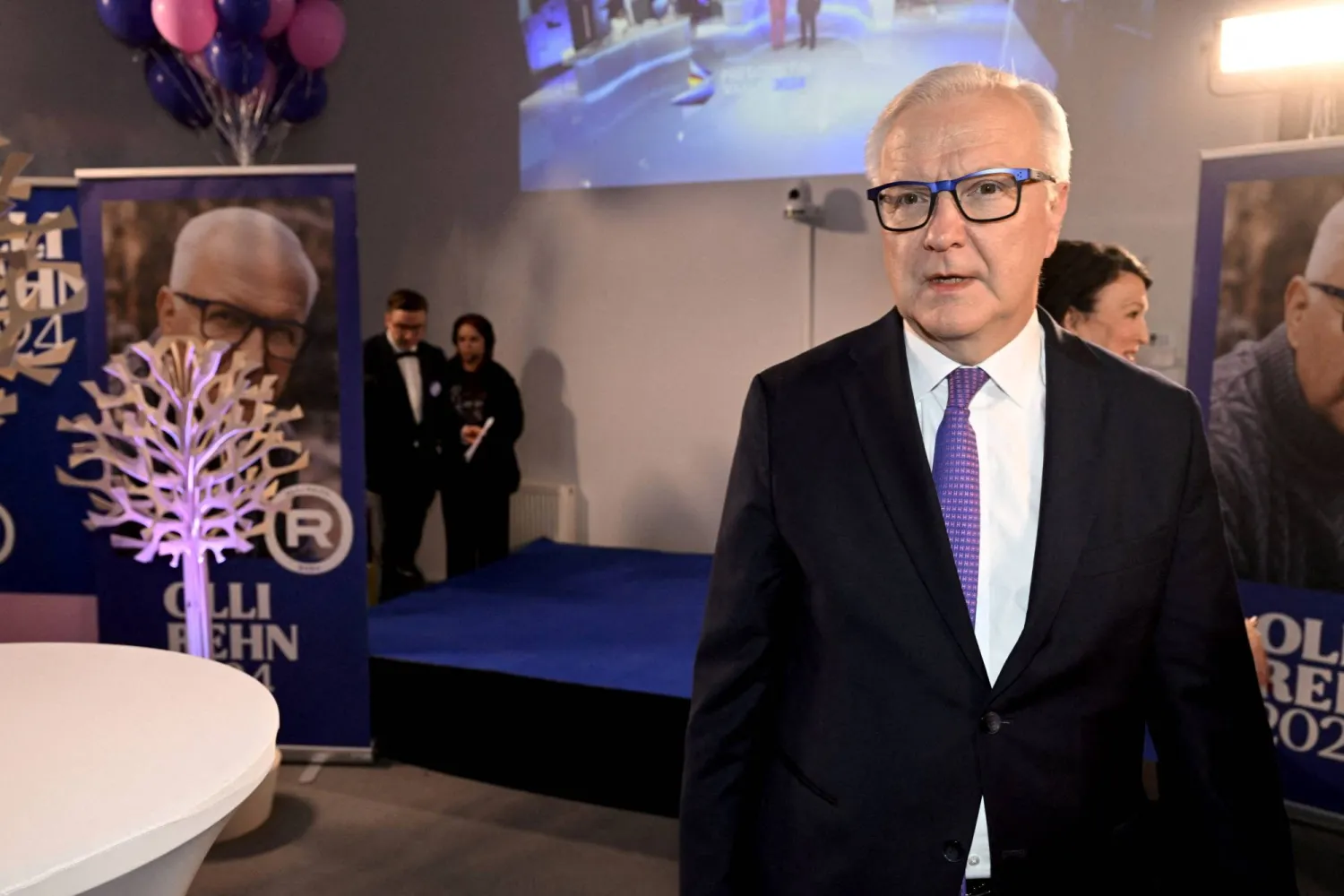Saudi Arabia's tourism sector continues to achieve remarkable growth, as incoming tourist numbers surged by 27% in the first nine months of 2024 compared to a 14% increase during the same period last year, said Minister of Tourism Ahmed Al Khateeb on Wednesday.
Speaking at the 2025 Budget Forum in Riyadh, Al Khateeb underscored the sector's significant progress toward realizing the goals of Vision 2030.
International tourist arrivals for recreational purposes increased by an extraordinary 600% in 2023 from 2018, he revealed, adding that the rise has been complemented by a boost in visitors arriving for religious purposes, with the Kingdom encouraging such visitors to explore other cities to experience natural and archaeological sites.
The minister said rural tourism has also gained popularity, with increasing demand reported across the Kingdom's diverse regions. By the end of 2023, tourism's contribution to gross domestic product (GDP) reached 5%, and efforts are underway to achieve a 10% contribution by 2030.
Al Khateeb highlighted the economic impact of the sector, noting a surplus of over SAR 41 billion in the balance of payments during the first half of 2024, compared to SAR 48.1 billion for the entirety of 2023. This marks a significant turnaround from 2018 when the balance recorded a deficit of SAR 10 billion, said the minister.
Employment in the tourism sector has also grown substantially, with the number of jobs increasing from 750,000 to 960,000, and localization within the hospitality sector reaching 35%, he added.
The Ministry of Tourism, under the leadership of Prince Mohammed bin Salman, Crown Prince and Prime Minister, is investing heavily in training and developing local talent.
The ministry allocates an annual budget of SAR 375 million to support the qualification and training of up to 100,000 Saudis, including over 10,000 opportunities at world-class institutes, enabling them to take on leadership roles within the industry, Al Khateeb stressed.









